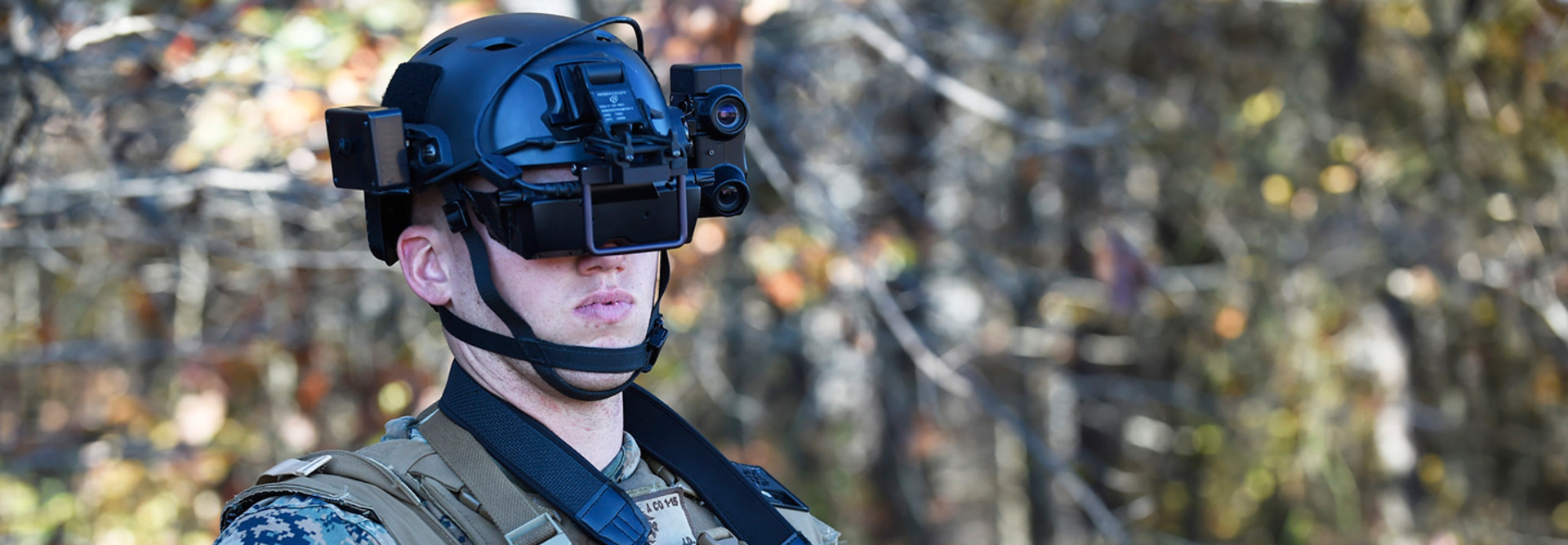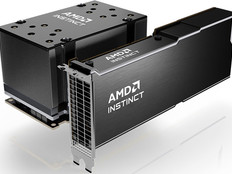Army Teams Up with Microsoft on AR
Soon, the “AR” in the Army could stand for augmented reality.
In late November, the Army awarded Microsoft a contract worth up to nearly $480 million to supply prototypes for its HoloLens augmented reality systems to the Army for use on combat missions and in training, according to the Army.
The contract could eventually lead to the military purchasing over 100,000 headsets, according to Bloomberg News, and is intended to “increase lethality by enhancing the ability to detect, decide and engage before the enemy,” according to a government description of the program, which is formally called the Integrated Visual Augmentation System.
“Augmented reality technology will provide troops with more and better information to make decisions. This new work extends our longstanding, trusted relationship with the Department of Defense to this new area,” a Microsoft spokesman said in an emailed statement to Bloomberg.
MORE FROM FEDTECH: Find out how VR and AR can boost agency productivity.
AR Could Be Coming to the Armed Forces
While virtual reality produces a computer-generated reality that users can interact with (usually via a headset), augmented reality involves digital information being brought into a user’s field of view and overlaid onto the real world, which they observe usually through a smartphone’s camera or a headset.
HoloLens is Microsoft’s AR platform for what the software giant calls “mixed reality.” The company has pitched HoloLens for industrial use cases, arguing that the headset can “empower technicians to collaborate remotely and solve problems in minutes, not days, with heads-up, hands-free video calling in mixed reality.” And Microsoft says users can take advantage of 3D models to “create easily editable, life-scale room layouts that you and your stakeholders can experience as holograms in the physical world or virtual reality.”
In April 2018, Microsoft revealed that it had shipped 50,000 HoloLens units to customers, according to MSPoweruser. As Bloomberg points out, the contract makes the Army one of Microsoft’s most significant HoloLens consumers.
The Army expects the headsets Microsoft provides it to differ from their consumer-grade counterparts in several key ways.
Bloomberg reports:
In a document shared with companies bidding on the contract, the Army said it wanted to incorporate night vision and thermal sensing, measure vital signs like breathing and “readiness,” monitor for concussions and offer hearing protection.
Microsoft, as the winning bidder, is now expected to deliver 2,500 headsets within two years, and exhibit the capacity for full-scale production.
The Army’s contract was designed to encourage the service branch to do business with companies that are not typical defense contractors. Magic Leap, an AR startup, was another bidder, and in August 2018 the Army held meetings with 25 companies interested in participating in some way, including Booz Allen Hamilton Holding, Lockheed Martin and Raytheon, according to Bloomberg.
The Army is not the only DOD component interested in AR technologies. U.S. Special Operations Command has expressed interest in "improvements and enhancements to visual augmentation systems (VAS) and related auxiliary technologies.” This includes AR and virtual reality solutions for “heads-up” displays, as well as the fusion of disparate data sources into a common visual display.
SOCOM is looking for innovative technologies and capabilities in several different areas, including AI/machine learning, displays with enhanced optical characteristics, multisensor data fusion and processing, communications and more.
Within these areas, SOCOM is interested in very specific technology applications. For example, under the AR/VR and AI/machine learning category, the command is interested in using such technologies for rehearsal and targeting before missions, holographic displays, gaming technologies, neuromorphic computing and engineering, telemedicine, and synthetic training and operational environments.









